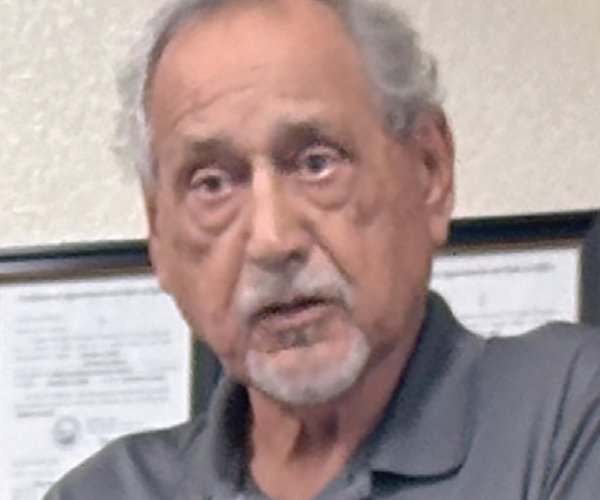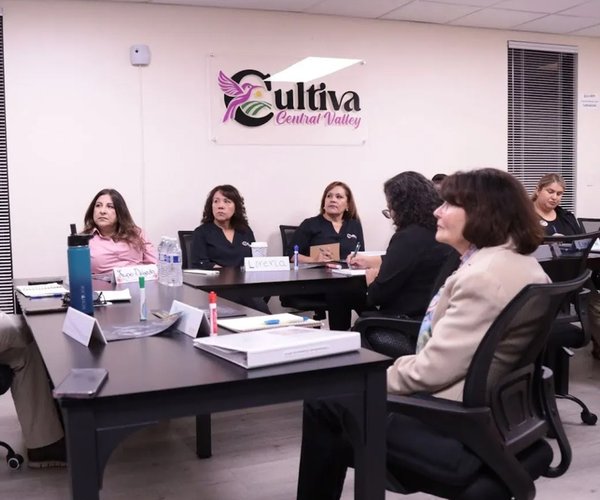As the City of Turlock works behind the scenes to get its four retail cannabis dispensaries opened and operating, it’s also looking to cash in on another form of the crop — hemp.
Planning Commission to consider industrial hemp zoning





